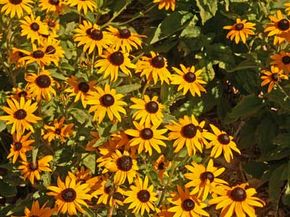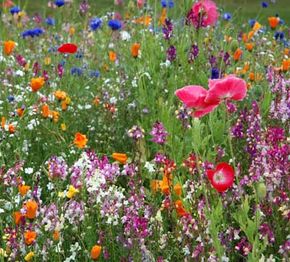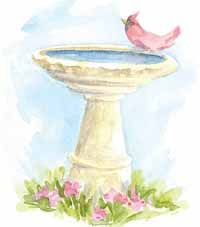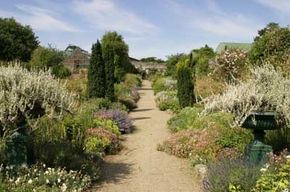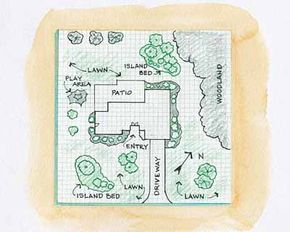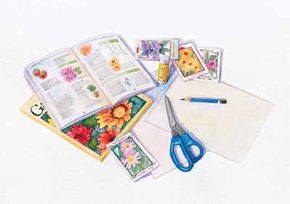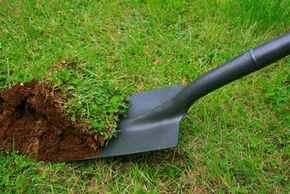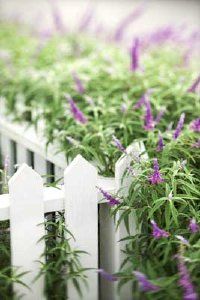
Growing plants well is a wonderful thing but arranging them in a handsome landscape is even better! A good landscape design plays many roles. It blends the house into the yard, making the entire property look good and increasing property values. Through the design of the landscape, you can create outdoor privacy with vine-covered trellises, hedges, fences, or informal clusters of plants that act like walls of an outdoor room. You can seclude certain areas of the yard or buffer the entire property perimeter.
Landscape designs might include work areas, places for composting or vegetable gardening, even areas for storing trash cans and other less-than-decorative necessities. You can designate places for entertaining -- decks, patios, barbecue pits, or perhaps a white garden for guests to enjoy on a moonlit night. You can even have areas designed especially for the dog or the children's play equipment.
Advertisement
What Can Your Garden Do for You?
A beautifully designed landscape may look attractive, but if it doesn't accommodate the needs of the people who use the property, it is not practical. Before finalizing the plan for your space, discuss it with members of your household. Use them as a sounding board as you think about needs and plans for the space, whether it is small or large. Make a list of the functions that you'll want each area of your property to serve. Once you list everything you want, you can begin to find room for it all and start getting the most important elements in place.
In this article we will discuss the many aspects of good garden design, including everything from planning your garden on paper to placing various garden elements. We'll look at different types of gardens, and decorative elements such as color, shapes, paths, and fences.
Want more information on creating a garden? Try:
- Gardening
- Garden Design
- Garden Types
- Annuals
- Perennials
Advertisement
